Nowadays, many digital storefronts have turned to using liquidation inventory as their primary source of products to offer. But how successful can you really become in selling items that are damaged, defective, or discontinued?

The Current Realities of the E-Commerce Industry
E-Commerce is the fastest rising industry in the world, so it is unsurprising that many are looking to get into it. To add to that, this growing interest in online selling is exacerbated by the countless websites and platforms – among them, Amazon and Shopify – that allow people to easily create their own digital storefronts in a matter of minutes.
The introduction of dropshipping has further lowered the industry’s barriers to entry, changing the e-commerce game even more. With it, sellers no longer have to spend on overhead costs and inventory; rather, they simply have to form partnerships with the manufacturers themselves, earning huge profits by purchasing the products only when a customer places an order.
“In conclusion, the dropshipping model provides small startups with limited resources the opportunity to confidently compete with medium and large-sized online retailers, thus making the e-commerce world an equal playground for all,” writes Jennifer Xue for Startup Nation. “This being said, expect to see more e-commerce stores adopting this model in the future.”
However, dropshipping isn’t the only viable business model for those looking to get into the e-commerce industry.
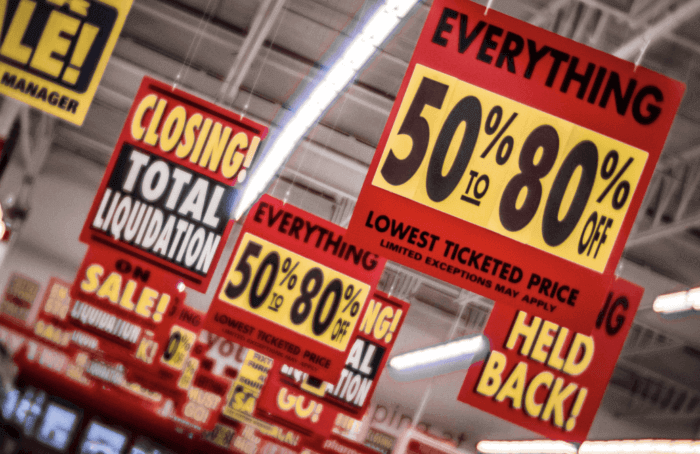
The Value of Selling Liquidation Inventory
One of the newer business models that many are increasingly turning to involves liquidation inventory – products sold by companies that are either shutting down, overstocked, or are in desperate need of cash. Rather than hang on to their existing supplies, equipment, and inventory, they choose to offer these to wholesalers at discounted prices instead. They, in turn, list these on their digital storefronts.
However, the bulk of liquidation inventory comes from open-box customer returns, which refer to goods that are returned by buyers but are found to be in good condition and in working order. Instead of giving these back to the manufactures, they are sold at a profit instead. Many e-commerce platforms – particularly, Amazon – have seen the value of these items, offering them to interested sellers who put them up for sale again under the “used” category.
Taking advantage of liquidation inventory has been a lucrative business for many Amazon sellers. “I find it easier,” says Anthony Connelly, whose storefront is filled with liquidated inventory. “Someone already did all the hard work – ranking a product in Amazon search results, building reviews, developing content. The competition is even less because you’re often just competing with the brand for sales.”
He continues, “We’re going to do $1 million in sales on Amazon this year, $500,000 on eBay, some small amounts on local marketplaces. And I’m only in month nine of this business.”
Besides Amazon, liquidation inventory can also be bought on from some of the country’s most-trusted retail names, including Walmart and Lowe’s Hardware. Additionally, websites like B-Stock Supply, Liquidity Services, and BULQ have made them available to interested wholesale customers.
Without a doubt, an e-commerce business based on liquidation inventory can prove to be profitable – and even lucrative. For those looking to dip their feet into the industry, this model is definitely worth taking a look at.

Tips on Selling Liquidation Inventory
Sourcing and purchasing liquidation stock may be incredibly easy, especially thanks to how Amazon offers theirs by the pallet. However, several important factors come into play when it comes to selling them.
Here are a few tips on how you can take your e-commerce business to the next level by selling liquidation inventory.
Run Inspections Before Listing the Products
Unfortunately, Amazon – and other platforms that offer liquidation inventory at wholesale prices – are rife with counterfeit products, as well as items that are heavily damaged and no longer usable.
Because of this, it’s important that you inspect the goods before listing them online, gauging their authenticity, condition, expiry dates, and whether or not they come with a warranty offer. The product line that it was a part of is also critical; after all, if it has been discontinued and replaced with a cheaper and more efficient item, then consumer interest will likely be minimal to none.Run Inspections Before Listing the Products
Unfortunately, Amazon – and other platforms that offer liquidation inventory at wholesale prices – are rife with counterfeit products, as well as items that are heavily damaged and no longer usable.
Because of this, it’s important that you inspect the goods before listing them online, gauging their authenticity, condition, expiry dates, and whether or not they come with a warranty offer. The product line that it was a part of is also critical; after all, if it has been discontinued and replaced with a cheaper and more efficient item, then consumer interest will likely be minimal to none.
Do Your Homework
Looking into the background of the items is also extremely important, especially if it comes from a set that has been rejected by big-name retailers. Electronics, in particular, should be heavily researched as they may be a more disturbing reason behind their liquidation.
Failing to do your homework could end up in a lot of returns and unsatisfied customers, both of which would be disastrous for your digital storefront. Keep in mind that low reviews and low ratings both play crucial roles in Amazon’s algorithms, which means that receiving a slew of them could bury your page in the search results.
Price Shouldn’t Be your Only Unique Selling Point (USP)
Many online sellers of liquidation inventory fall into the trap of competing with others based on price alone. This business model will undeniably give you that advantage; however, depending solely on this for your USP wouldn’t be wise.
Instead, rely on other features to attract consumers and set yourself apart from the competition, such as an uncomplicated refund system, stellar customer service, and different shipping options to choose from. By focusing on both convenience and price point, you’ll be giving your market more reasons to go with you and the products that you’re offering.
Remain in your Niche Market
When it comes to the traditional e-commerce business model, diversifying your product lines may come highly-recommended by most experts. In liquidation inventory; however, this strategy is nothing but confusing.
For instance, if your focus is selling overstocked athletic apparel, then branching out to electronics would perplex your current customer base and create more mind-numbing work, especially since you now have to do twice the research that you were previously carrying out. More importantly, having two wildly contrasting product lines in your digital storefront comes across as untrustworthy – a seller who puts quantity and profits above quality.
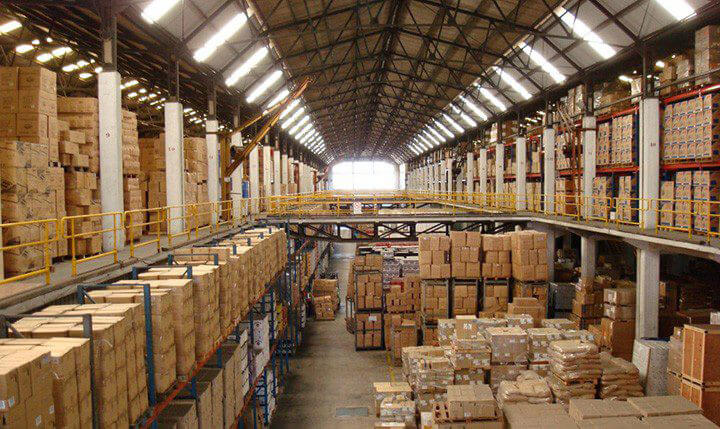
Evaluating Liquidation Inventory
It may seem intimidating to sell Liquidation Inventory, given the many things and red flags that you have to look out for. In reality, though, you only need to keep an eye on these following factors:
Item Price
How much was the item originally sold for? How much is it being sold now? And more importantly, what profit can you expect from its sale? Naturally, you want to stay away from items whose resale price is identical or within the same price range as its original, new variant.
Amazon Sales Rank
The Amazon Sales Rank refers to how well the product is selling when compared to other items in its category. This gives you some insight into what kinds of things are trendy and hot. For instance, if graphic t-shirts are selling fast, then purchasing liquidation inventory that contains such clothes should be your priority.
Product Category
Another factor that you should definitely look into is the category that the products belong in. Food items, cosmetics, and other perishables have an expiration date while electronics are subject to warranties and other terms. These should all be taken note of if you’re planning on purchasing liquidation inventory.
Item Weight
The product’s weight also plays a critical role when considering liquidation inventory. Keep in mind that this is a huge factor when computing shipping costs; the heavier the product, the higher the fees. You may be getting a steal on its price but its shipping may not make it worth it in the end.
Item Condition
When it comes to selling liquidation inventory, testing and inspecting the products included in the pallet is extremely important, which is why performing this should be taken into consideration. In particular, you should look into the possibility of testing the product without destroying or damaging the packaging that it comes in.

Selling Liquidation Inventory is Easier with SellerChamp™
Given all the factors that you have to pay close attention to, it may understandably seem complicated to make a business out of liquidation inventory. However, SellerChamp™ makes this process easy and quick.
Their program seamlessly pulls all the relevant information about the product, allowing you to swiftly evaluate its potential to be resold. Everything – from its price to its sales rank and to its category, as well as its weight and condition – is made available for your viewing in a matter of minutes.
More importantly, though, SellerChamp™ makes it possible to list thousands of products across various marketplaces, which definitely makes it easier for sellers to ensure that their digital storefronts are constantly updated with fresh drops. This is particularly advantageous for those with high-volume transactions and multiple online shops.
Without a doubt, SellerChamp™ is an extremely crucial and beneficial tool for online sellers everywhere.

Final Thoughts
Liquidation inventory is undoubtedly a viable e-commerce business model. Make no mistake, though – it isn’t all fun and games. Those who want to get into this industry would do well to do their homework first, making sure that every single issue has been ironed out on their end before they even launch their storefront.



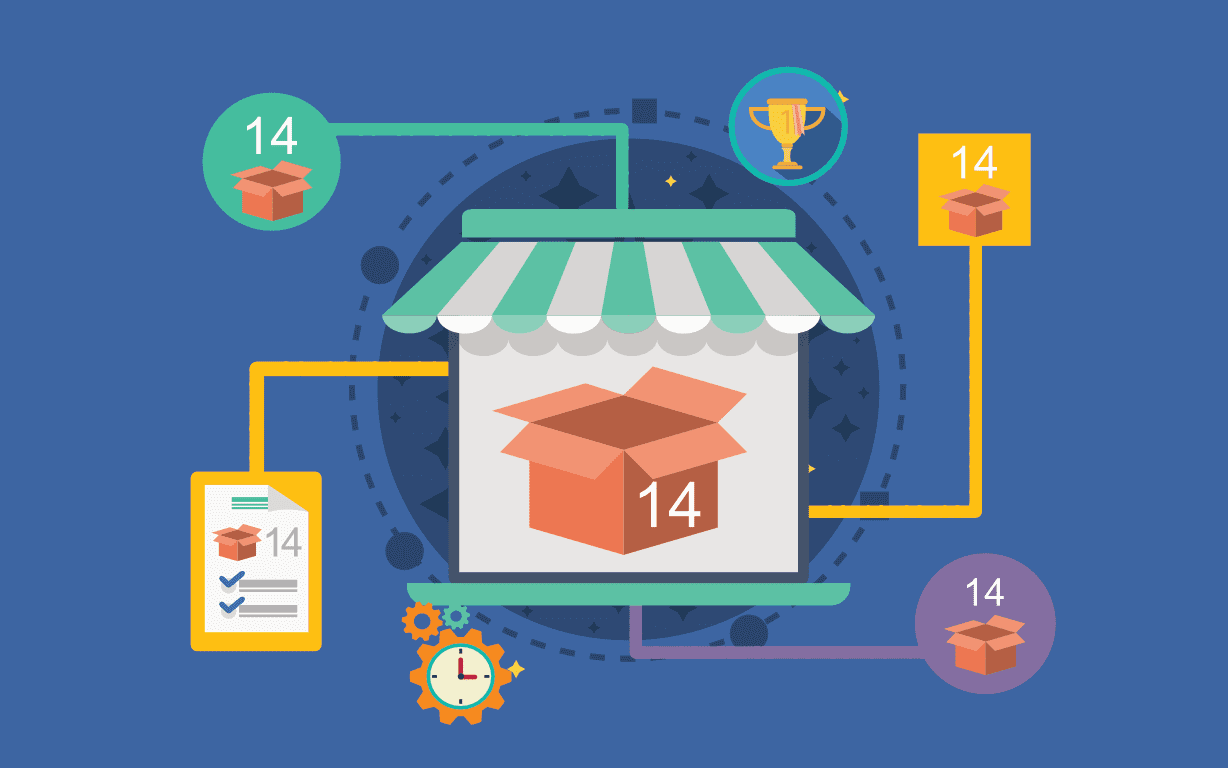
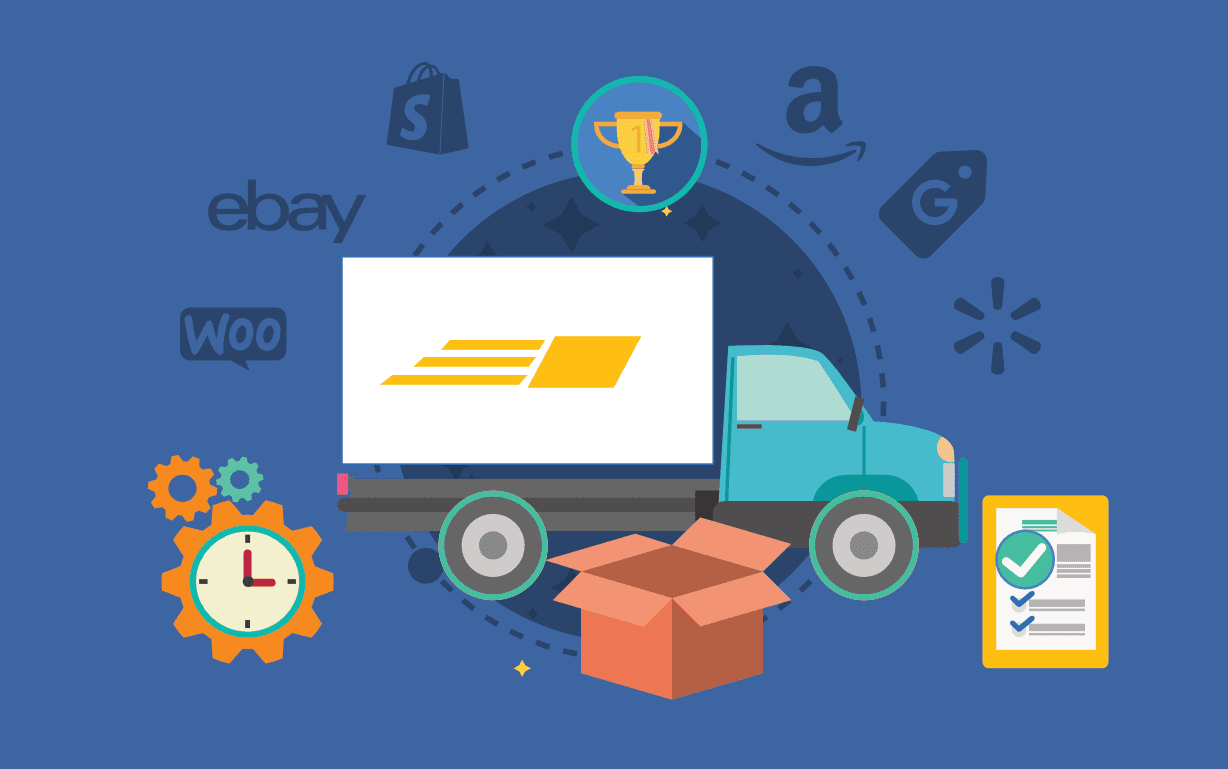
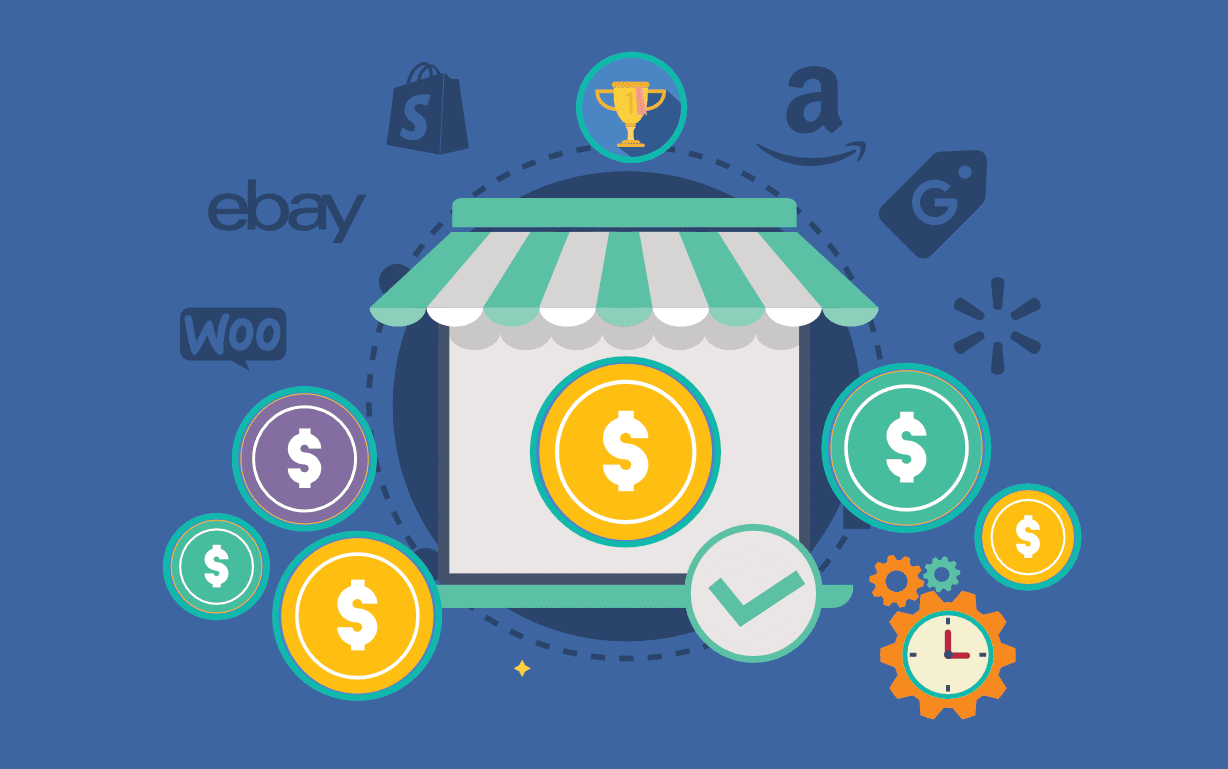
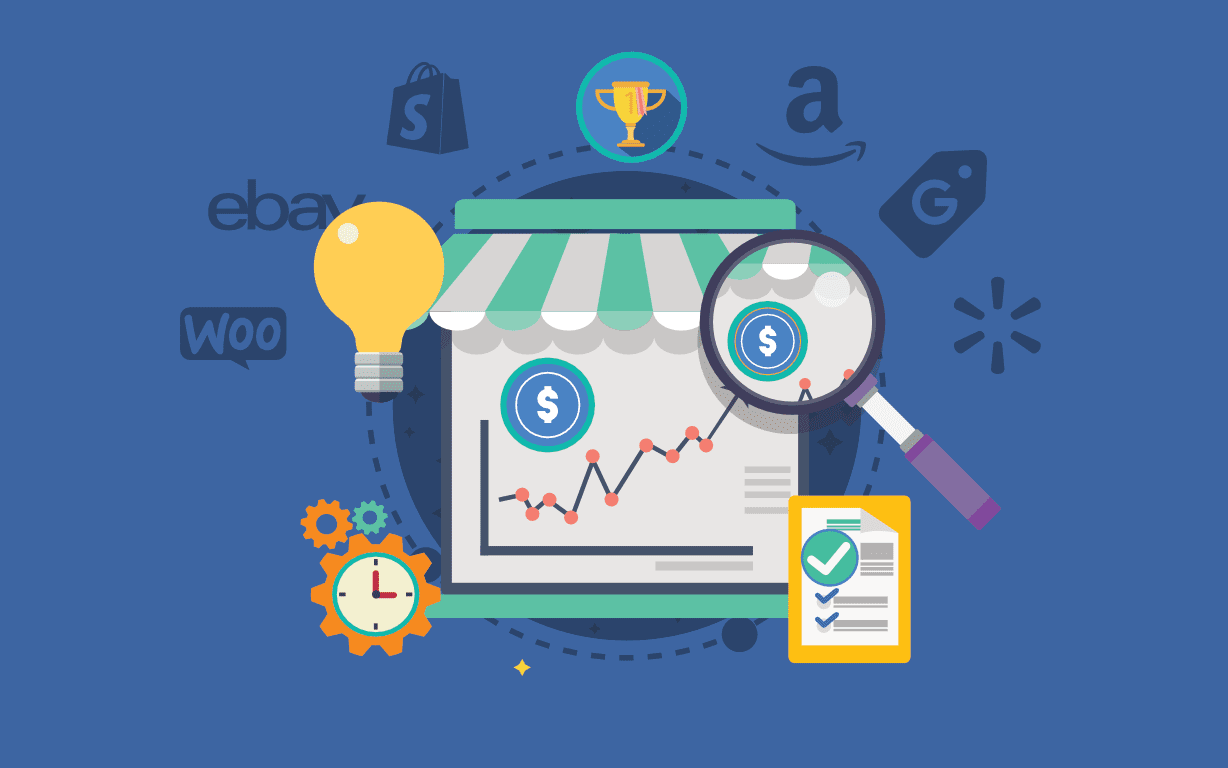
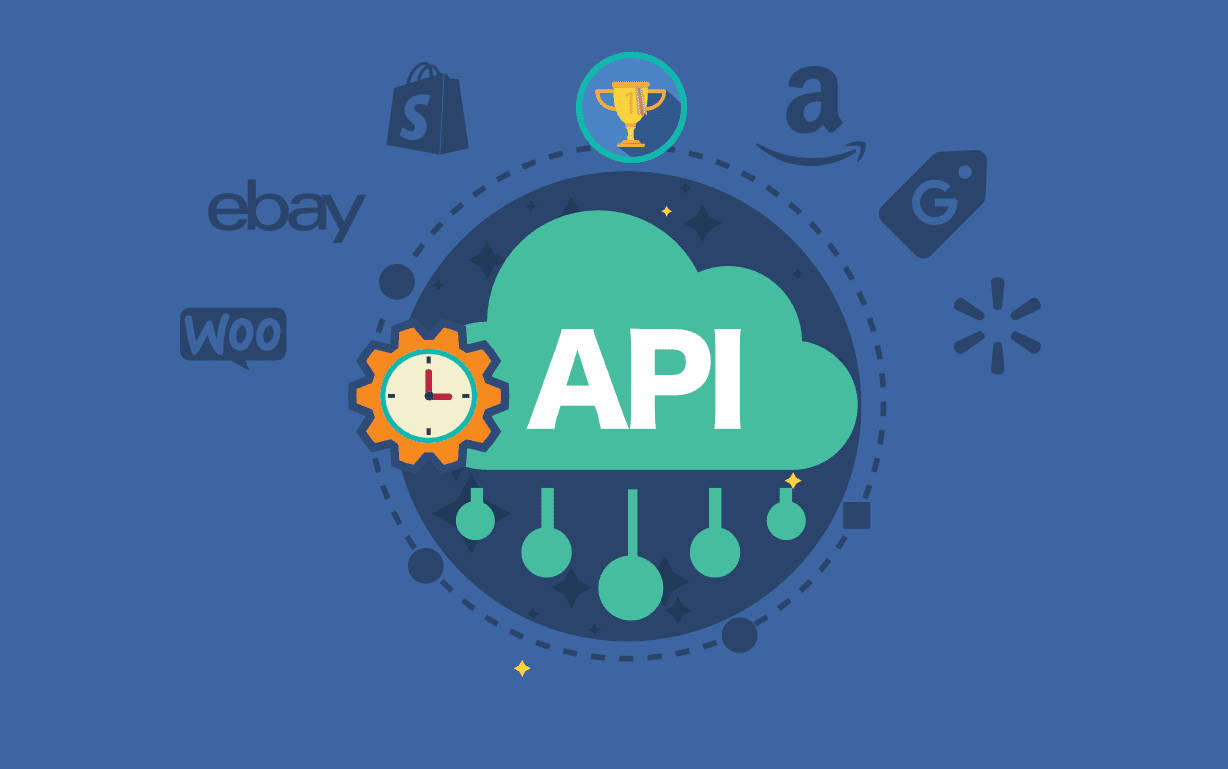




![Best Rated E-Commerce Automation Platforms and Tools [Updated]](https://sellerchamp.com/wp-content/uploads/2025/06/image4-1-600x315.png)



